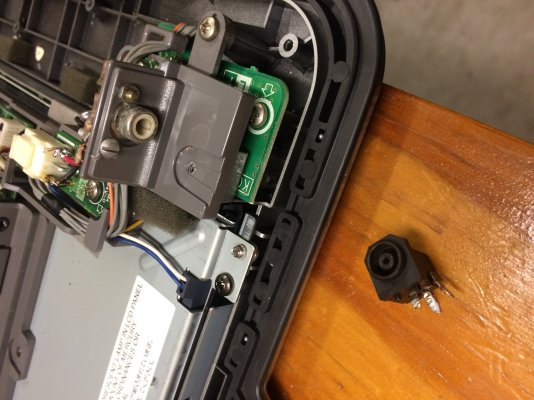euro
Thinks s/he gets paid by the post
- Joined
- Oct 4, 2015
- Messages
- 2,341
That scary picture of a sized temperature-pressure relief valve (aka safety valve) looks just like the one that was in the water heater in my son's townhouse when he bought it. Upon seeing it I operated the lever and absolutely nothing came out. The home inspector never checked it my son said. The water is exceptionally hard where he lives. My son and I replaced it right away and it was calcified shut. Also drained what looked to several pounds of thick calcium carbonate goo from the water heater. You are supposed to check the operation of the safety valves yearly by opening them briefly and purging a quart or so of water from them.
Then, several months later when DW and I bought a house in the same geographic area and had a prepurchase inspection. I asked the inspector to check the water heater temperature-pressure relief valve and his response was, "we don't check those because they usually leak after the lever is operated.". We have a water softener so the water heater had no deposits in it and the safety valve works fine (I ended up checking it).
What you say is true, but what the inspector said is also the case very often. If someone neglects to occasionally service (use) the valve (and I will bet that 90%+ of all the valves are NEVER "exercised"), then chances are very good that it will leak when you open it for the first time after, say, 10 years of just sitting there. How do I know? I have had to replace that valve (or the entire heater) in the majority of my rental properties immediately, or within the first 6 months of ownership...
So, given that, I don't blame the inspector - he doesn't want to be help liable by the seller for fixing the valve. I bet he learned that the hard way....
Last edited:

